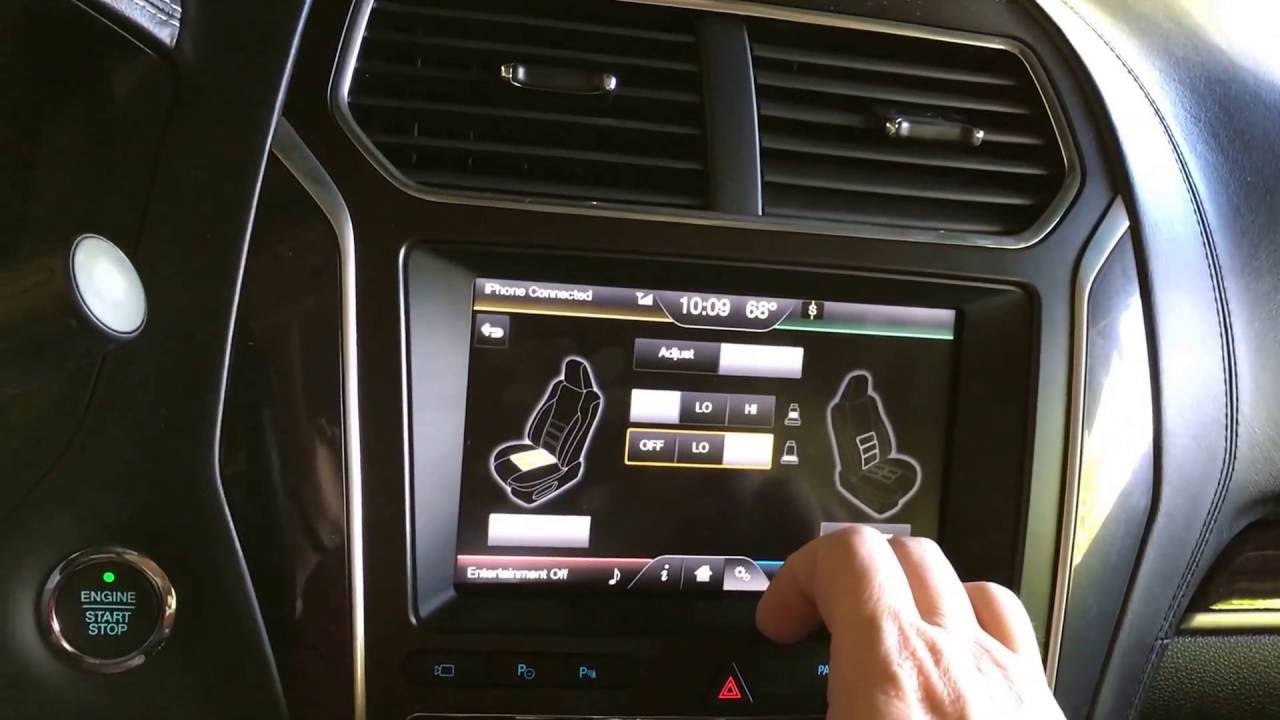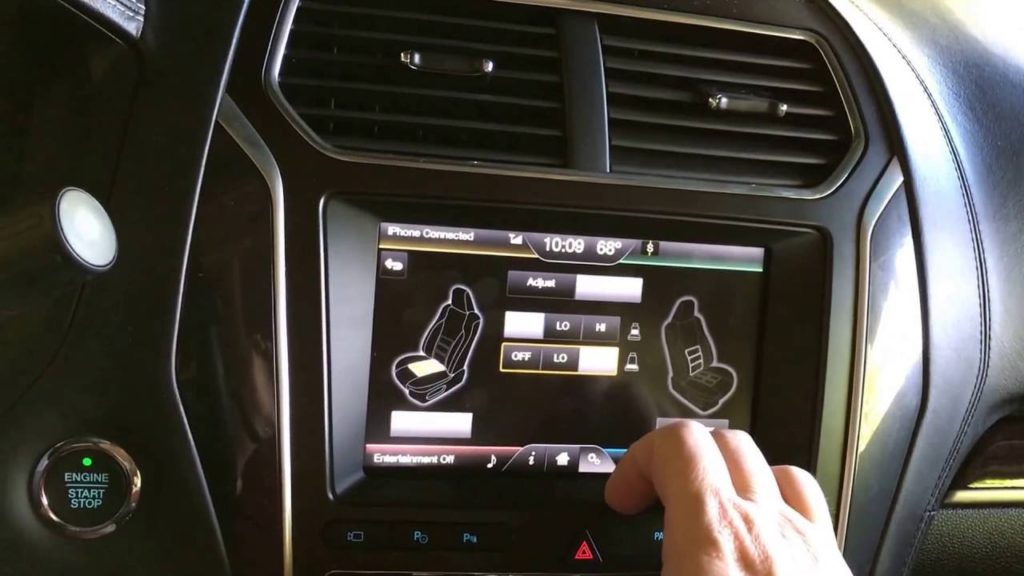What are air-conditioned seats?

Air conditioning puts thousands of tons of carbon in our air each year. And, all of this is just to make cars comfortable in hot weather. How about air-conditioned seats instead of usual air conditioning? Coming across this article may have given you a blank stare, however, it turns out many vehicle makers now offer air-conditioned seats, often as part of a package. By confining the cooled air directly to where a person is sitting, air-conditioned seats use energy better than air conditioners that cool the entire car’s interior.
How does air-conditioned seating work? Do the seats use a central vehicle air conditioning unit? How does the air escape the seat so that it can cool the individual sitting in it? We’ll answer those great questions and others below.
The model for air-conditioned seating was created by the Department of Energy’s National Renewable Energy Laboratory (NREL) staff, and this is how it works: The seat’s fabric is a porous mesh. Several fans inside the seat lead to air circulation that blows through a diffusion layer to get the cooling effect throughout the seat and outward through its mesh, cooling its surface. Your vehicle’s seat blocks your body’s built-in cooling system. A seat pressing against your back prevents the water vapor from making its way out, causing it to make sticky sweat. But an air-conditioned seat’s porous covering lets a body’s natural cooling system do its job, and it carries away your body’s heat. Interesting, right?
According to www.houstondodgedealer.com out of Webster, TX, some air-conditioned car seats also have a cooling feature. Like many air conditioners, they have a compression, condensation and expansion cycle. Air conditioning works on a simple foundation: When a gas (in this case referred to as a refrigerant) is compressed, it gets warm, then cools upon expansion.
In an air conditioner, gas runs through a compressor. Then it goes through a condenser where it cools into a liquid, eliminating its heat in the process. The heat is released outside of the vehicle’s cabin. Finally, the cooled liquid travels through an expansion valve, where it turns back into a gas. This occurs in a closed loop made up of coiled tubes, so that it may be done over and over. Air is forced past the part of the loop with the cold gas and is made cold. Air conditioning uses up so much fuel because you need a constant energy input to compress the gas.
Air-conditioned seating using refrigerated air either have a small cooling element based on this principle, or use air pumped from the vehicle air conditioning system’s main cooling element. Because the space being cooled is limited to a single seat, little energy is needed compared with normal car air conditioning. Systems without unrefrigerated air, the process requires less energy than running a light bulb requires. Down in Texas air conditioning is a need, and it costs money, but hopefully air conditioned seats will be in all sorts of vehicles soon enough!





